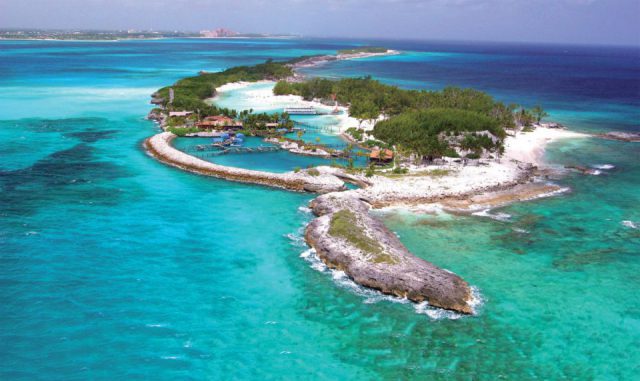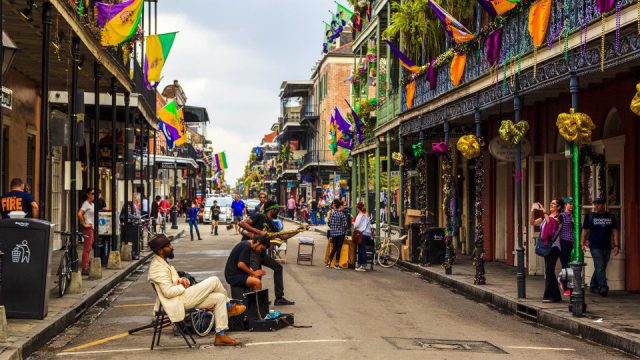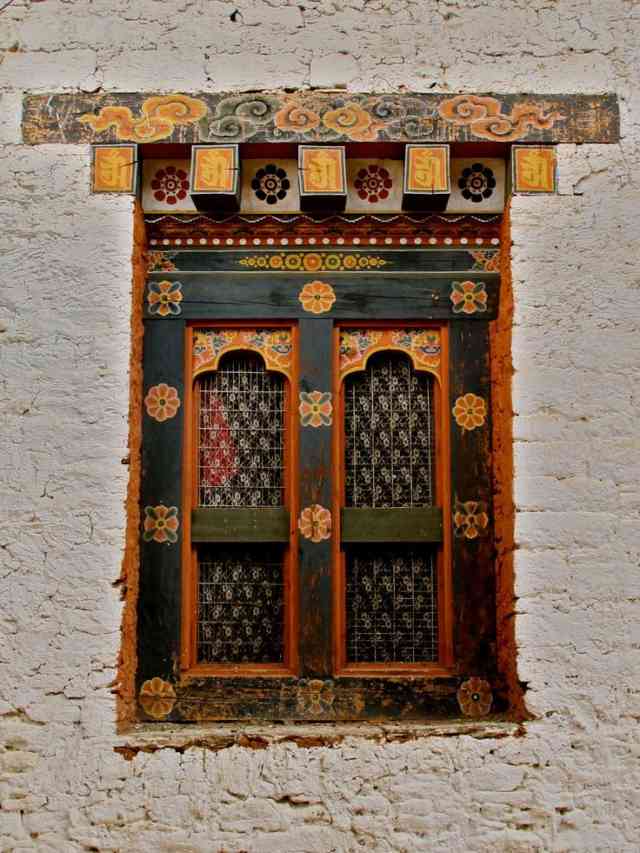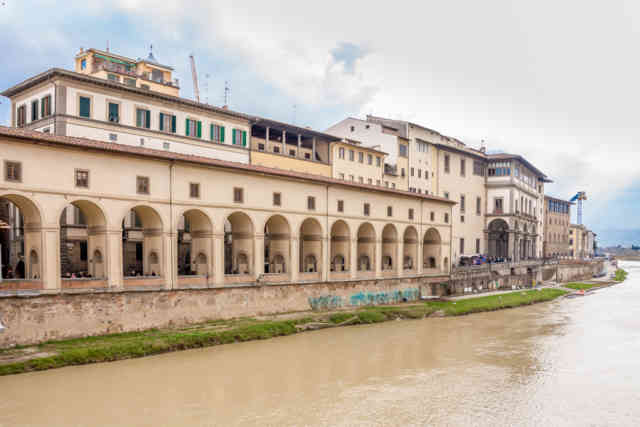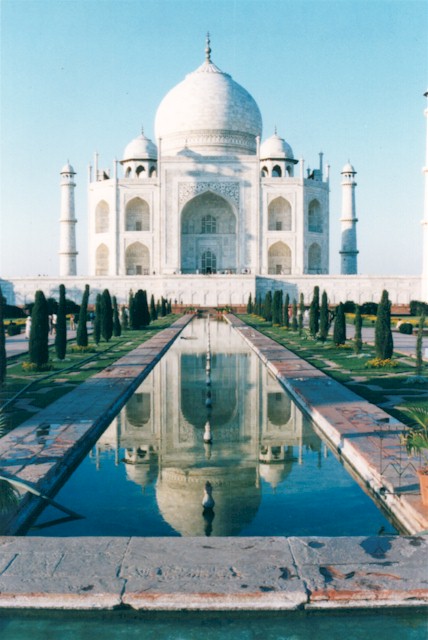Dkagencies- The first Indian National Congress was held in 1885. This volume is a record of the Congress speeches and resolutions from 1885 to 1889, the attempt being to capture the mental, emotional and physical life of late nineteenth-century India. It is an account of how the leaders of the time contributed to the the evolution of the Indian National Congress and an Indian nationality. The speeches and resolutions reveal the emergence of a Congress comprising intricate relationship between different groups.
The volume discusses the first five years of the Congress. It argues that the period does not give an impression of the Congress as a full-fledged political party but as an association with members on good terms with the viceroy who wanted that the latter engage with them and heed their administrative, agrarian and social grievances. When it was founded, it was a cautious body asking for some petty reforms from the British and representing only the rich bourgeoisie, not the middle classes or the masses. The Congress, comprising English-educated and professional men drawn principally from the higher, literate Hindu castes of the maritime presidencies, however, bore every appearance of becoming a permanent national institution with increasing attendance at the Congress sessions every passing year and its increasing potential of drawing together all-India interests, classes and religions. The volume reproduces the events involved in moving the resolutions and surrounding the speeches and replies given to them as well as the vote of thanks rendered on different occasions.
Prof. Mushirul Hasan is an internationally renowned historian, author and former Vice-Chancellor of the Jamia Milia University, Delhi. He was awarded the Padma Shri in 2007 and the Order des Palmes Academiques by the French Government in 2010. At present, he is the director-general of the National Archives of India.
Pura-Jagat- Indian archaeology, history and culture
Pura-Jagat is a massive collection of about a hundred scholarly papers reflecting a broad spectrum of the very recent research studies, together with the latest research trends in Indian archaeology, history and culture. Thematically organized, the papers focus on various aspects of prehistory, protohistory, rock-art, copper hoard archaeology, iron age and megaliths, early historic archaeology, archaeology of Buddhism, medieval archaeology, regional archaeological studies, environmental archaeology, ethno-archaeological studies, ethno-botanical studies, history, epigraphy, numismatics, architecture, sculpture, iconography and painting, museum studies, conservation of monuments, chemical preservations, heritage studies, studies in neighbouring countries, archaeology and technology, new archaeological interpretations, and also role of libraries in Archaeological Survey of India (ASI).
Dr Jagat Pati Joshi (1932-2008): the retired Director General of the ASI, whom Pura-Jagat seeks to commemorate, was a highly distinguished archaeologist, versatile scholar, tireless researcher, prolific writer, efficient administrator, excellent conversationalist, and a warm-hearted man. With wide-ranging academic concerns, the late Dr Joshi was the first scholar to bridge the gap between Indus Valley Civilization and Painted Grey Ware. During his nearly four-decade-long association with the ASI, he not only excavated many sites, but also discovered several new Harappan sites in Gujarat, more specially in the Rann of Kuttch. As Director General of the ASI, he set out planned programmes of explorations and excavations in many parts of India, supporting all kinds of archaeological, geochronological, scientific, and other allied studies for understanding environmental changes through the ages and for understanding technical development of ancient metal technology. Dr Joshi also laid emphasis on both extensive and intensive study of explored and excavated materials, standing monuments, ancient sculptures and paintings, ancient coins, and epigraphic material for rewriting Indian history – to dispel many a distortion created by some of the biased British historians.
Among the contributors to the commemorative volume figure eminent archaeologists, Indologists, historians, culture scholars, museum specialists, cataloguers, librarians, conservators, besides the late Joshi's erstwhile friends, colleagues, and young admirers in the ASI. The papers here are abundantly supported by many line-drawings and photographs.

